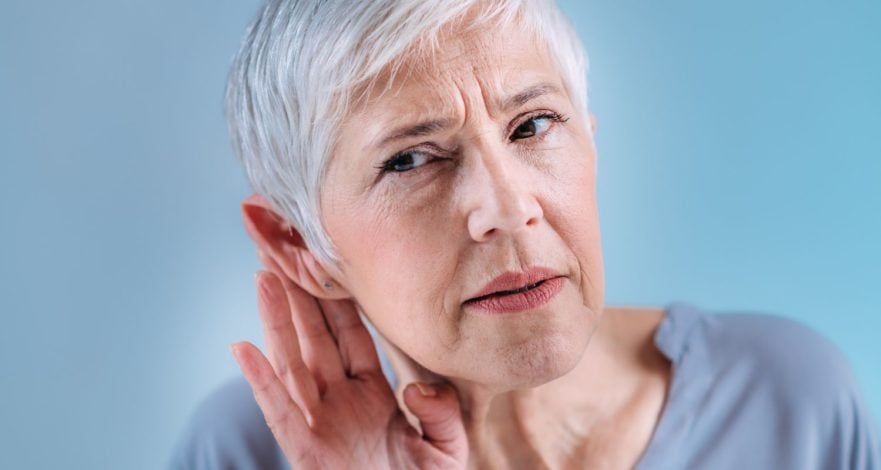The most common kind of acquired hearing loss is sensorineural hearing loss. 90% of hearing loss cases are sensorineural, which affects the nerves or portions of the ear that convert mechanical sound energy into electrical impulses or send those impulses to the auditory cortex in the brain.
Fundamentals of sensorineural hearing loss
Our ears are composed chiefly of the outer, middle, and inner parts. The inner ear is where sound is converted into electrical signals, which our brains need to receive, while the outside and middle ear gather and prepare sound for delivery to the inner ear.
The stereocilia (small, hair-like cells) of the cochlea, the significant component of the inner ear, are the structure most frequently damaged in cases of sensorineural hearing loss. These cells each translate sound at a particular frequency (pitch). When all of their signals are combined and delivered to the auditory cortex through the auditory nerves, they give our brains an image of the sound outside our ears. No sound is sent to our brains at specific frequencies when our stereocilia are damaged and unable to operate correctly.
Hidden hearing loss
Even when our stereocilia are healthy, injury to the auditory nerves may sometimes cause us to suffer sensorineural hearing loss. This kind of hearing loss is sometimes called “hidden hearing loss” because, even though it results in hearing loss in daily life, a person with it may test “normal” on a hearing test.
Hidden hearing loss occurs when the myelin sheaths surrounding the auditory nerves are damaged. This is often the consequence of physical trauma or chemical exposure. All of the nerves in our body are covered with myelin sheaths, which prevent the messages that cross those nerves from spilling out. Some, but not all, of the information that flows across the nerves seeps out when the myelin sheaths are destroyed.
About our auditory nerves, this means that we can hear what is going on when adequate communication between our ears and our brains. Enough information will leak out from the environment as it begins to provide more data, making it difficult or impossible for our brains to make sense of what is happening.
Factors that Could Lead to Sensorineural Hearing Loss
The term “acquired” denotes a hearing loss that did not exist at birth. Acquired sensorineural hearing loss often develops later in life. A few of the causes of this form of hearing loss are as follows:
Aging
Hearing loss affects almost half of adults over 75. We often equate hearing loss with being older since it is so frequent. Although age-related hearing loss may occur as early as the 40s, we often don’t become aware of it until much later, when it interferes with communication.
Noise-induced hearing loss (NIHL)
Another typical kind of sensorineural hearing loss is noise-induced hearing loss (NIHL). NIHL may develop gradually over time or suddenly due to a catastrophic acoustic incident. While sensorineural hearing loss accounts for the majority of NIHL, there are specific alternative causes of NIHL that fall under the category of “conductive” hearing loss, such as when a sound is so loud that it injures the eardrum or the middle ear bones. Powerful noise vibrations might also result in covert hearing loss.
Complications from medical conditions
Both certain malignant tumors and several viral diseases, including measles, mumps, and meningitis, may result in sensorineural hearing loss. Similarly, several prescription drugs and life-saving procedures only utilized in extreme emergencies may result in sensorineural hearing loss.
Sensorineural hearing loss may result from head injuries. Hearing loss commonly results from incidents like auto accidents or sports-related injuries.
Test Your Hearing with Us!
Schedule a hearing test with our team at Hearing Wellness Solutions as soon as possible if you think you could have sensorineural hearing loss. We will be able to determine your hearing loss’s nature and the best course of action.
Most kinds of sensorineural hearing loss may be successfully treated with hearing aids, and the technology is constantly improving. The majority of mild to moderate hearing losses may now be treated with hearing aids, restoring hearing capacity to levels that are close to normal and, in some circumstances, even better. Schedule a consultation right now to learn how hearing aids might benefit you.


